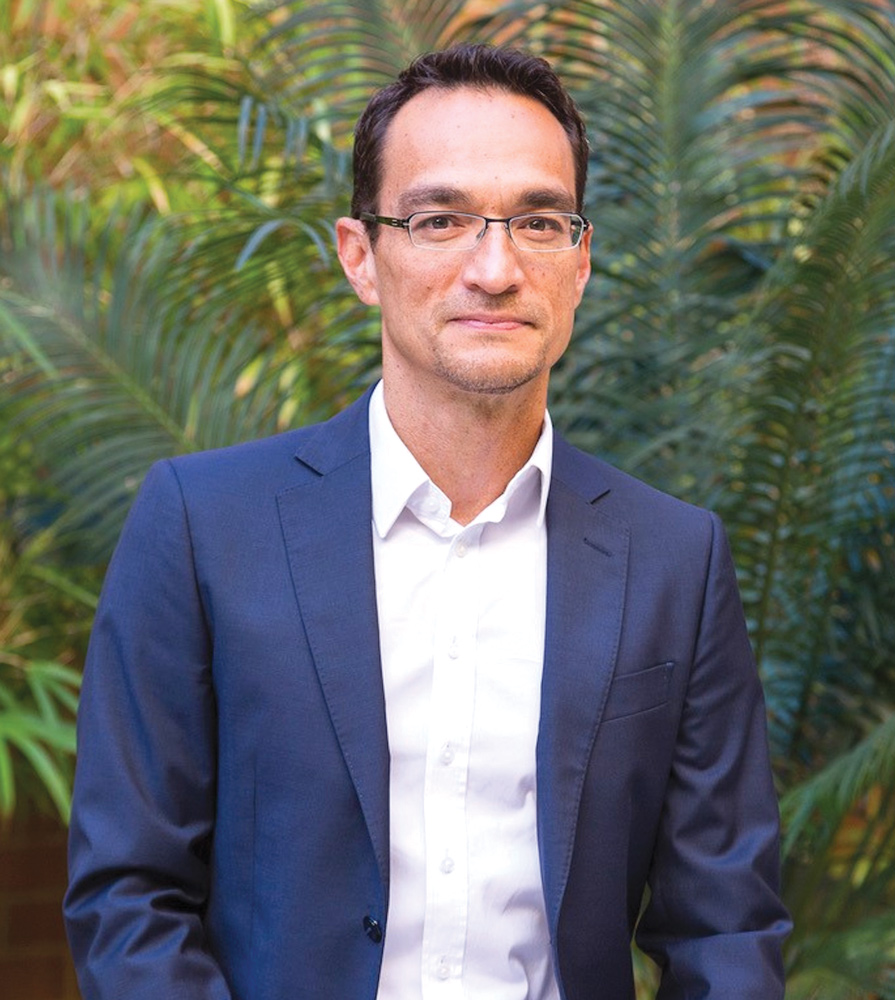Pancreatic cancer (PC) is relatively uncommon in Australia (2.7% of cancers, lifetime risk just over 1%). The incidence of PC is rising rapidly in WA (about 0.75%/year) and by 2030 it is expected to be the second leading cause of cancer deaths.

Pancreatic cancer is a disease of older individuals with the incidence peak in the seventh decade and unlike other gastrointestinal malignancies a shift to younger patients is yet to be observed. WA has amongst the world’s highest five-year survival rate for PC, but this remains dismally low (14% in 2017). The main contributors to the poor prognosis are late presentation (85% of patients have locally advanced or metastatic disease at diagnosis) and chemoresistance.
With current technologies, the low prevalence of PC makes average risk screening unfeasible; false positive rates would be high and cost prohibitive. Interest has shifted to high risk groups with a D-E-F (define, enrich, and find) paradigm proposed.
Three groups of interest
Pancreatic cysts are common, identified incidentally in approximately 10% of those over 70 undergoing cross sectional imaging (i.e., “incidentalomas”).
Up to 15% of PCs may arise in mucinous pancreatic cysts. Inflammatory and non-mucinous cysts have no malignant potential. Importantly, the majority of incidental mucinous cysts carry a very low malignant potential. The clinical challenge is how to enrich this population.
Clinical, imaging and fluid analysis “high risk features (HRFs)” have been recognised and these dramatically increase the risk of a cyst harbouring malignancy. These include a solid nodule (Fig 1), significant main pancreatic dilation, rapid growth, a symptomatic cyst, and high-grade dysplasia on cytology.
Evidence-based guidelines have been developed to focus on who, how and when to survey. They remain imperfect tools but, in general, recommend baseline clinical assessment and annual Ca19-9 and MRI for at least five years. Patients who have or develop HRFs undergo an endoscopic ultrasound (EUS) and fluid sampling (for cytology and molecular profiling). Using this approach, the majority of cysts referred for resection harbour malignancy or high grade dysplasia.
A family history of PC and specific germline mutations are known risk factors for PC (Table 1). Familial pancreatic cancer (FPC) accounts for 5-10% of cases of PC. These patients develop PC at a younger age and smoking is an amplified risk factor.
The risk of cancer depends on the affected relatives and the specific germline mutation (Table 1). Early evidence suggests annual surveillance with EUS detects cancers more frequently, at an earlier stage and improves three year survival. However, many questions remain unanswered (cost effectiveness, overall survival, effect of false positives) and in an attempt to address these an Australia-wide study has been established (https://www.pancreaticcancer.net.au/research-familial/screening-trial/).
Surveillance will include annual EUS, annual Ca19-9 and at some centres, annual MRI. The entry criteria include:
- Age 50-80
- ≥ 2 blood relatives with PC. If two family members are affected, then both must be FDRs. If > 3 then at least one FDR, or
- known genetic syndrome (such as Peutz-Jegehers, FAMMM, BRCA 1 with an affected family member).
The relationship between diabetes and PC is multifaceted and not fully understood. Individuals with longstanding type 2 diabetes have a 1.5 fold increased risk of PC. However, individuals with type 2 diabetes for less than 12 months have a 5-8 fold relative risk of PC.
Approximately 1% of individuals aged over 50 with new onset diabetes have PC. A fivefold increased risk for PC may not be sufficient to justify surveillance (given how common diabetes is) so further enrichment is needed. Models are being developed with CT and EUS used as the “find” tools.
Prevention
This can be helped by modifying risk factors for PC (e.g., smoking, obesity, fatty pancreas, and a diet high in saturated fat). It has been estimated that 21% of current and 15% of future PC burden in Australia is attributable to smoking and that 75% of abdominal malignancies could be prevented or favourably influenced by lifestyle modification (diet, exercise, alcohol, and smoking).
There is a great deal of interest in chemoprevention of PC. Metformin, aspirin and betablockers are some of the drugs being investigated with none currently in routine use.
In patients with genetic syndromes conferring a very high lifetime risk of PC (e.g., PRSS1 mutation) prophylactic total pancreatectomy is being offered at an age 10 years younger than the youngest affected relative. If the patient is non-diabetic, autologous islet cell transplantation is performed.
ED: By Dr Yusoff and Dr Rao are gastroenterologists, both working in Hollywood.
Author competing interests- nil

